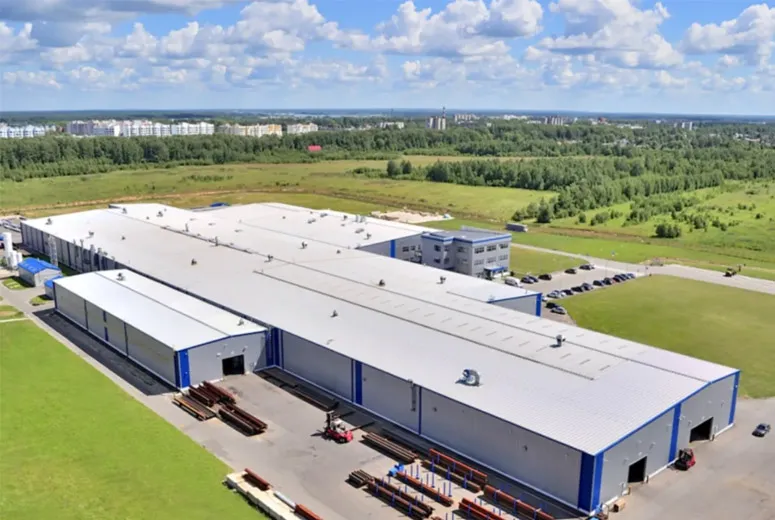- Afrikaans
- Albanian
- Amharic
- Arabic
- Armenian
- Azerbaijani
- Basque
- Belarusian
- Bengali
- Bosnian
- Bulgarian
- Catalan
- Cebuano
- Corsican
- Croatian
- Czech
- Danish
- Dutch
- English
- Esperanto
- Estonian
- Finnish
- French
- Frisian
- Galician
- Georgian
- German
- Greek
- Gujarati
- Haitian Creole
- hausa
- hawaiian
- Hebrew
- Hindi
- Miao
- Hungarian
- Icelandic
- igbo
- Indonesian
- irish
- Italian
- Japanese
- Javanese
- Kannada
- kazakh
- Khmer
- Rwandese
- Korean
- Kurdish
- Kyrgyz
- Lao
- Latin
- Latvian
- Lithuanian
- Luxembourgish
- Macedonian
- Malgashi
- Malay
- Malayalam
- Maltese
- Maori
- Marathi
- Mongolian
- Myanmar
- Nepali
- Norwegian
- Norwegian
- Occitan
- Pashto
- Persian
- Polish
- Portuguese
- Punjabi
- Romanian
- Russian
- Samoan
- Scottish Gaelic
- Serbian
- Sesotho
- Shona
- Sindhi
- Sinhala
- Slovak
- Slovenian
- Somali
- Spanish
- Sundanese
- Swahili
- Swedish
- Tagalog
- Tajik
- Tamil
- Tatar
- Telugu
- Thai
- Turkish
- Turkmen
- Ukrainian
- Urdu
- Uighur
- Uzbek
- Vietnamese
- Welsh
- Bantu
- Yiddish
- Yoruba
- Zulu
дек. . 30, 2024 08:09 Back to list
The Synergy of Reinforced Concrete and Steel Structures A Modern Engineering Marvel
In the realm of civil engineering and construction, the combination of reinforced concrete and steel has emerged as a hallmark of modern infrastructure. This synergy not only enhances the strength and durability of buildings and bridges but also optimizes resource use and sustainability. To comprehend the significance of this composite material system, it is crucial to explore the properties of each component and their intertwined benefits.
Reinforced Concrete A Foundation of Strength
Reinforced concrete has become a predominant construction material due to its excellent compressive strength, flexibility, and fire resistance. It consists of concrete, which is strong under compression, combined with steel reinforcement bars (rebars) that provide tensile strength. When these two materials work together, they create a composite structure that effectively handles various loads and stresses.
Concrete alone is prone to cracking under tensile stress; however, the addition of steel reinforcement mitigates this issue. Steel has a high tensile strength that complements concrete’s compressive capacity. This collaboration allows reinforced concrete structures to withstand dynamic loads, such as those from earthquakes or heavy winds, making it a preferred choice in seismic-prone areas and high-wind regions.
Steel Structures The Strength of Flexibility
On the other hand, steel structures are celebrated for their high strength-to-weight ratio and structural versatility. Steel can be easily molded into a variety of shapes, and its strength allows for longer spans and taller buildings without the need for excessive material. Moreover, steel is resilient and can undergo significant deformation without failure, which is advantageous in dynamic loading scenarios.
The compatibility of steel with reinforced concrete is particularly evident in high-rise buildings and bridges, where the integration of these materials not only provides structural support but also contributes to innovative architectural designs. For instance, steel frames can be used in conjunction with reinforced concrete floor slabs, leading to open and flexible spaces that are invaluable in commercial and residential buildings.
reinforced concrete and steel structures

Sustainability and Efficiency
As the construction industry grapples with environmental challenges, the combination of reinforced concrete and steel also plays a pivotal role in promoting sustainability. Reinforced concrete structures are often energy-efficient due to their thermal mass properties, which help regulate indoor temperatures and reduce energy consumption. Likewise, advancements in steel recycling technology ensure that using steel in construction minimizes environmental impact, as steel can be recycled multiple times without losing its integrity.
Furthermore, modern engineering practices have embraced design methodologies like Performance-Based Design (PBD), which focuses on optimizing the resilience and resource efficiency of structures. The implementation of reinforced concrete and steel in PBD helps architects and engineers create buildings that meet performance criteria while reducing overall material usage.
Challenges and Future Directions
Despite their many advantages, the combination of reinforced concrete and steel does present challenges. Corrosion of steel reinforcements is a significant concern, particularly when exposed to moisture and aggressive environments. Engineers address this issue with protective coatings, stainless steel reinforcements, and innovative concrete mixes designed to prolong the lifespan of structures.
Looking ahead, research and development in advanced materials, such as fiber-reinforced polymers and high-performance concrete, are on the rise. These materials could further enhance the durability and efficiency of reinforced concrete and steel structures, paving the way for smarter, more resilient infrastructure.
Conclusion
The integration of reinforced concrete and steel has transformed the landscape of construction, making it possible to create structures that are not only strong and durable but also adaptable to the changing demands of society. This composite approach serves as a testament to human ingenuity, reflecting a commitment to innovation and sustainability in an ever-evolving built environment. As engineering practices continue to advance, the future of reinforced concrete and steel is bright, promising more resilient, efficient, and environmentally-friendly construction solutions.
-
Cold Formed Steel Residential Framing
NewsMay.21,2025
-
Innovative Steel Structure Building Solutions
NewsMay.19,2025
-
Innovative Prefab Metal Shed Solutions
NewsMay.19,2025
-
Durable Steel Horse Shelter Solutions
NewsMay.19,2025
-
Durable Metal Shed Solutions
NewsMay.19,2025
-
Durable Big Metal Shed Solutions
NewsMay.19,2025
Products categories
Our Latest News
We have a professional design team and an excellent production and construction team.












